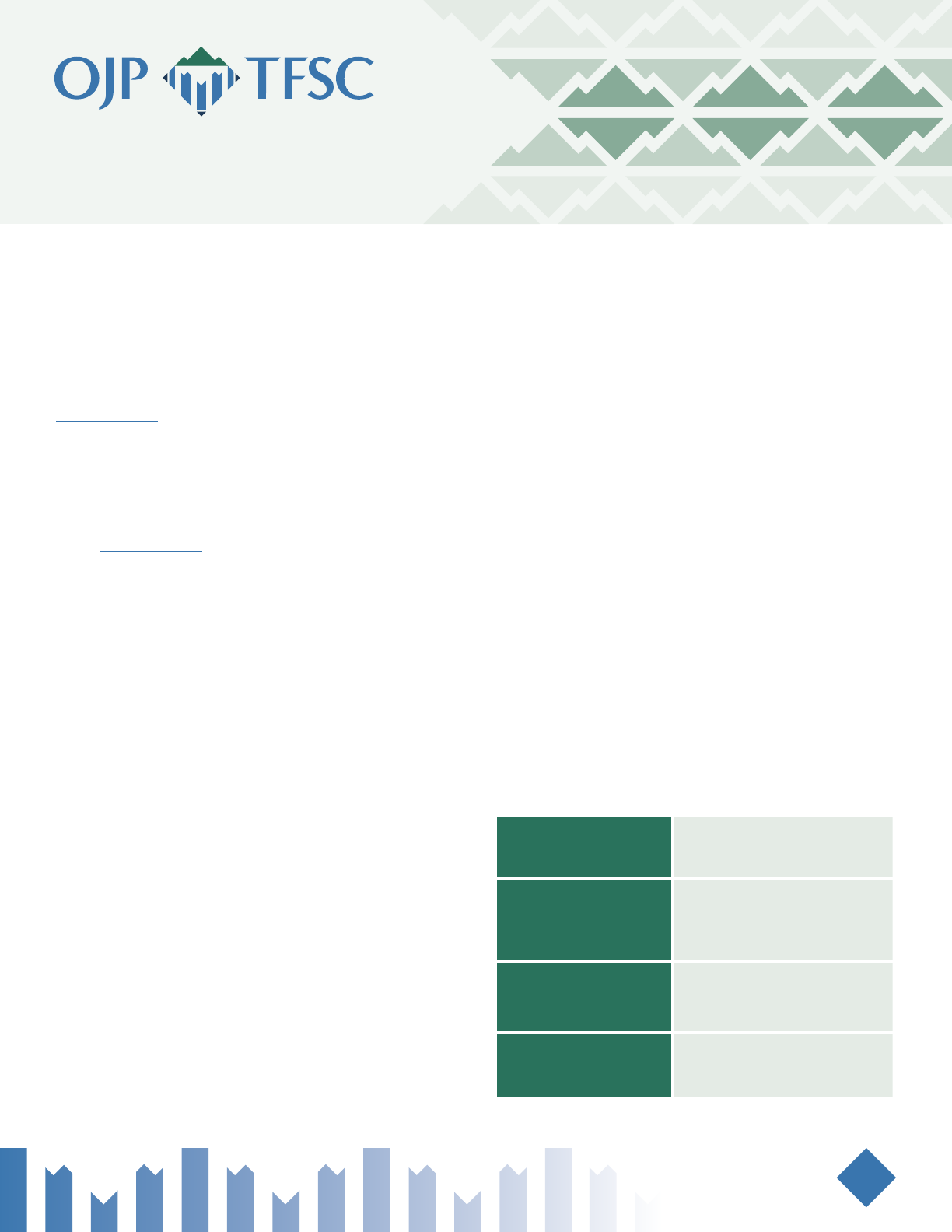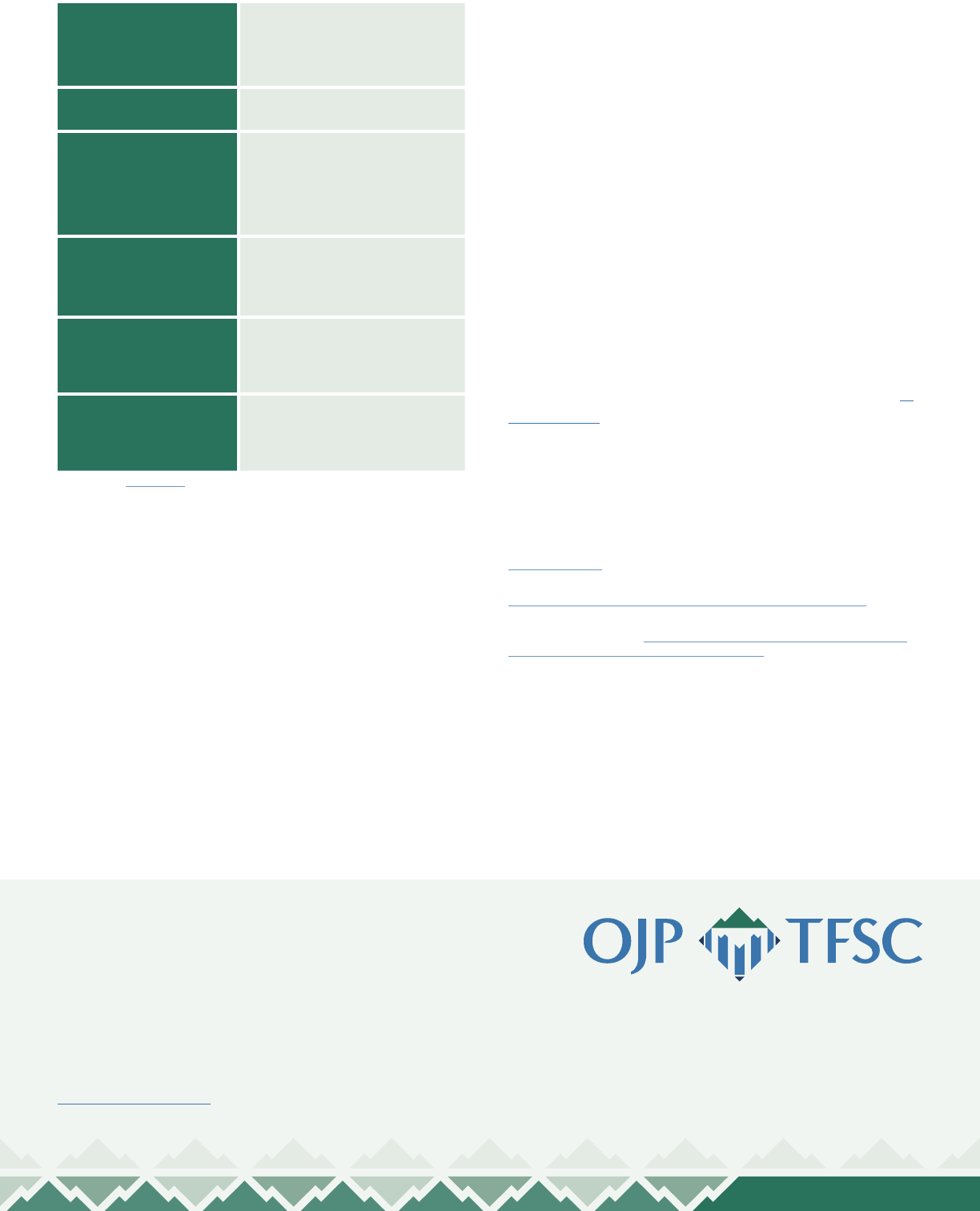
1
Generally Accepted
Accounting Principles (GAAP)
Guide Sheet
Grant Financial Management
Requir
ement
The Uniform Guidance for federal awards requires
allowable costs, rental costs, interest, depreciation,
compensation and fringe, and audits to be in
accordance with GAAP. The rst example is found in
2 CFR 200.403, which states that cost must meet the
following general criteria in order to be allowable
under Federal awards: “Be determined in accordance
with generally accepted accounting principles (GAAP),
except, for state and local governments and Indian
tribes only, as otherwise provided for in this part.”
While 2 CFR 200.515 states that the auditor’s report(s)
must state that the audit was conducted in accordance
with this part and include the following: “The type of
report the auditor issued on whether the nancial
statements audited were prepared in accordance
with GAAP….”
Important Information to Know
What is GAAP?
GAAP consists of a common set of accounting
rules, requirements, and practices issued by the
Financial Accounting Standards Board (FASB) and the
Governmental Accounting Standards Board (GASB).
GAAP sets out to standardize the classications,
assumptions and procedures used in accounting in
industries across the US. The purpose is to provide
clear, consistent and comparable information on
organizations nancials.
Why should an organization follow GAAP?
Following GAAP ensures nancial information
is consistently and accurately reported. It is an
accounting practice required by for prots, not-for-
prots, and government entities.
What topics should be included for
GAAP compliance?
f What accounting methods, at a minimum, have to be
in place to satisfy requirements set by federal, tribal,
or state laws or by regulations and guidelines such
as GAAP?
What additional accounting methods must be put
in place to meet government accounting standards
such as GASB and FASB, whichever
is applicable?
f What procedural issues should be considered in a
GAAP policy?
f What are the end of the month procedures to ensure
GAAP compliance?
f What are the end of the scal year procedures to
ensure GAAP compliance?
f How is GAAP monitored internally and by whom?
What are the principles of the GAAP framework?
There are 10 main principles (shown in gure 1), which
can help you remember the main mission of GAAP.
FIGURE 1: 10
MAIN PRINCIPLES OF THE GAAP FRAMEWORK
Principle of regularity
The organization’s accounting
adhered to the standards of
GAAP.
Principle of
consistency
The organization’s accounting
practices are consistent and
comparable every reporting
period.
Principle of sincerity
The organization’s accounting
is accurate and correct depic-
tion of the nancials.
Principle of
permanence
of methods
The organization’s accounting
practices are constant across
nancial periods.

Principle of
non-compensation
All aspects of an organiza-
tion’s performance are fully
reported with no prospect of
debt compensation.
Principle of prudence
The accounting entries are
timely and realistic.
Principle of continuity
Short-term and long-term
classications of nancial
information are based on the
idea the entity will remain in
business.
Principle of
periodicity
The accounting periods are
regular, routine, and consis-
tent.
Principle of
materiality
Assets are valued at cost and
all nancial reports are based
on truthful information.
Principle of utmost
good faith
Every person involved in the
accounting process is acting
honestly.
Adapted from Investopedia
How This Applies to Your Grant
GAAP are standardized accounting practices utilized in
ensuring that nancials are accurately recorded and
managed. Recipients of federal awards are required to
accurately maintain their nancial records; hence, they
would need to follow GAAP.
If an organization is using the accrual method, it
must continue using this method, unless it acquires
approval from the Internal Revenue Service to
switch. Organizations should have appropriate
internal controls for checks and balances and to
keep everyone in their accounting process honest.
Conducting monthly reconciliations will ensure that
errors are identied and rectied for the purpose
of accurate reporting. These measures are some of
the ways recipients can verify that they are providing
transparent and consistent nancial records, despite
the structure of their organization.
If recipients do not submit accurate and timely SF-425
Federal Financial Reports, an automatic hold can be
placed on the remaining federal funds awarded, and
any payments requests that are submitted through the
Automated Standard Application for Payments (ASAP)
will be denied. If a recipient does not have their reports
current, adjustments to current awards can be aected
and restrictions can be placed on any new award.
Awards are subject to conditions of scal, program,
and general administration to which the recipient
expressly agrees upon acceptance of the award. Per 2
CFR 200.514, prepared nancial statements should be
“presented fairly in all material respects in accordance
with generally accepted accounting principles.”
References
Financial Accounting Standard Board. (unk.) FASB Accounting Standards Codication.
https://asc.fasb.org/
IRS. (2019, January). Publication 538 (01/2019), changes in accounting method.
https://www.irs.gov/publications/p538#en_US_201809_publink1000270768
Miller, S. (2020, October 1). Generally accepted accounting principles. Greater
Washington Society of CPAs. https://www.nonprotaccountingbasics.org/accounting-
bookkeeping/generally-accepted-accounting-principles
About the OJP Territories
Financial Support Center
The Oce of Justice Programs Territories Financial
Support Center (OJP TFSC) oers free resources,
training, and technical assistance for grantees in the
U.S. territories. OJP TFSC services focus on building nancial
management capacity and can be accessed by emailing
This product was prepared under contract/call order number
GS-00F-010CA/15PCFD20F00000200 awarded by the Oce of Justice
Programs, U.S. Department of Justice and does not constitute nancial
or other professional advice. The opinions, ndings, and conclusions
expressed in this product are those of OJP TFSC and do not represent
the ocial position or policies of the U.S. Department of Justice.
OJP.GOV/ T FS C
